
The essential idea of a quantum simulator, Goldhaber-Gordon said, is sort of similar to a mechanical model of the solar system, where someone turns a crank, and interlocking gears rotate to represent the motion of the moon and planets.
Stanford Report![[Organic electrochemical transistor grey and orange reaction cell and blue and orange amplification cell]](/sites/g/files/sbiybj18766/files/styles/card_1900x950/public/media/image/oects.png?h=9d51d1ea&itok=-dhxA_2B)
High-Gain Chemically Gated Organic Electrochemical Transistor
Organic electrochemical transistors (OECTs) have exhibited promising performance as transducers and amplifiers of low potentials due to their exceptional transconductance, enabled by the volumetric charging of organic mixed ionic/electronic conductors (OMIECs) employed as the channel material.
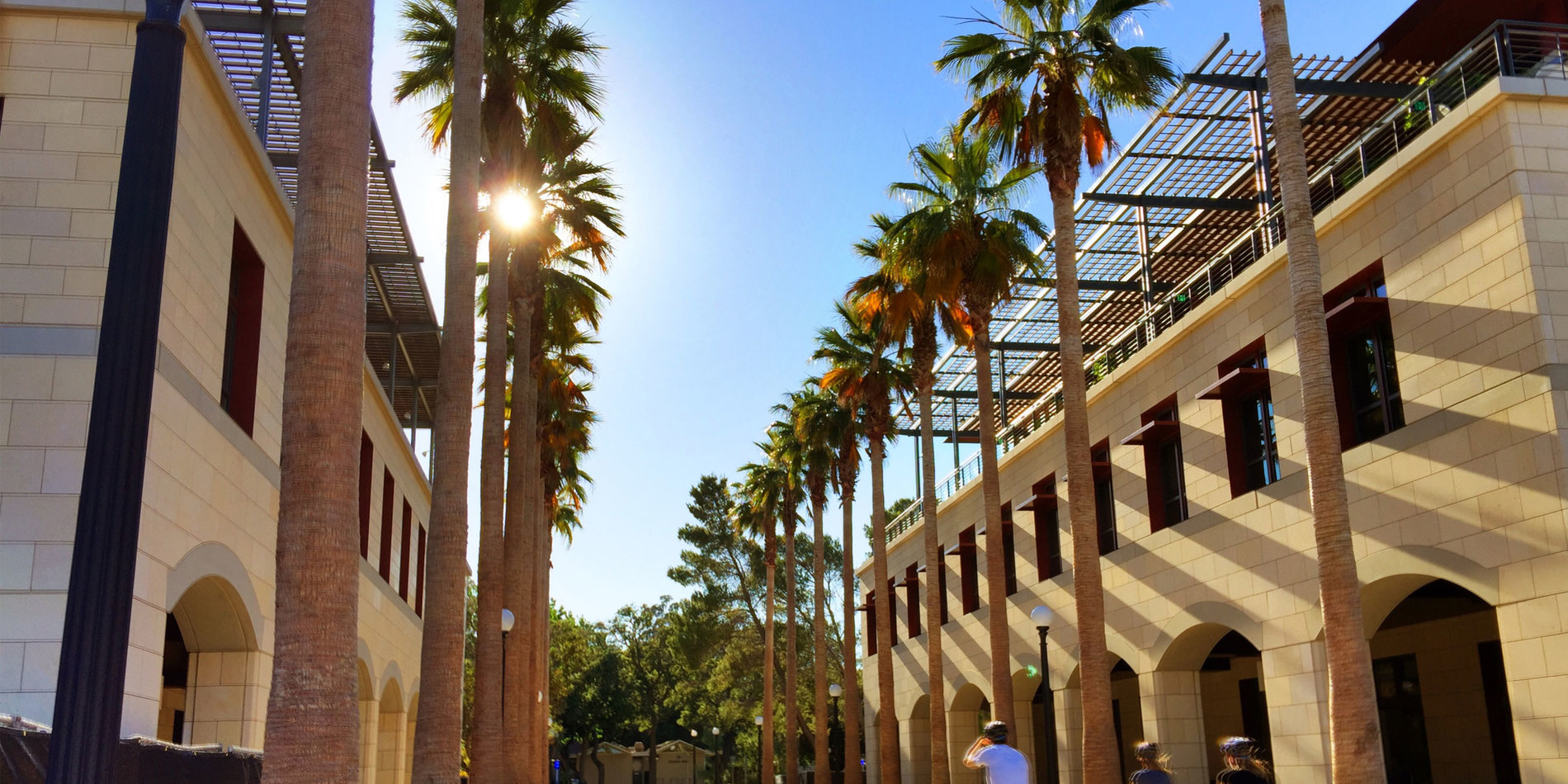
![[Caucasian man with beard smiling and glasses olive complected man smiling and African American woman smiling]](/sites/g/files/sbiybj18766/files/styles/card_1900x950/public/media/image/Applied%20Physics.png?h=5ee024a0&itok=eeNeFFwr)
The Applied Physics DEI Committee aims to address issues of equity in all aspects of our department.
The committee is currently comprised of faculty, staff, postdocs, and graduate students. Some of our members work with the Physics Department’s Equity and Inclusion Committee to help address joint concerns. We always welcome new ideas!
Founded September 1, 1999, the Geballe Laboratory for Advanced Materials (GLAM) is an Independent Laboratory that reports to the Dean of Research. The Laboratory supports the research activities of more than 30 faculty members from the departments of Applied Physics, Chemistry, Electrical Engineering, Materials Science and Engineering, and Physics.
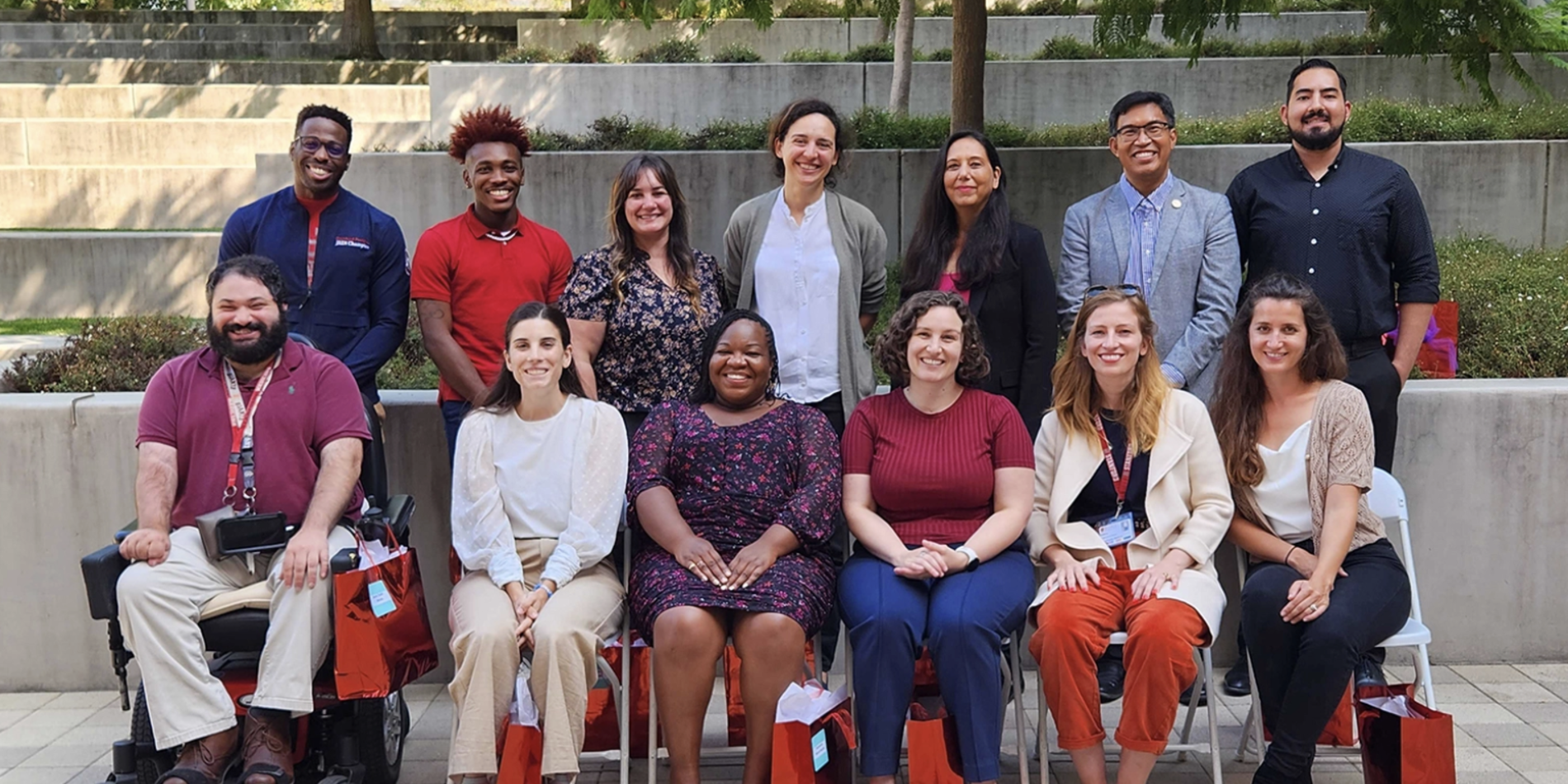
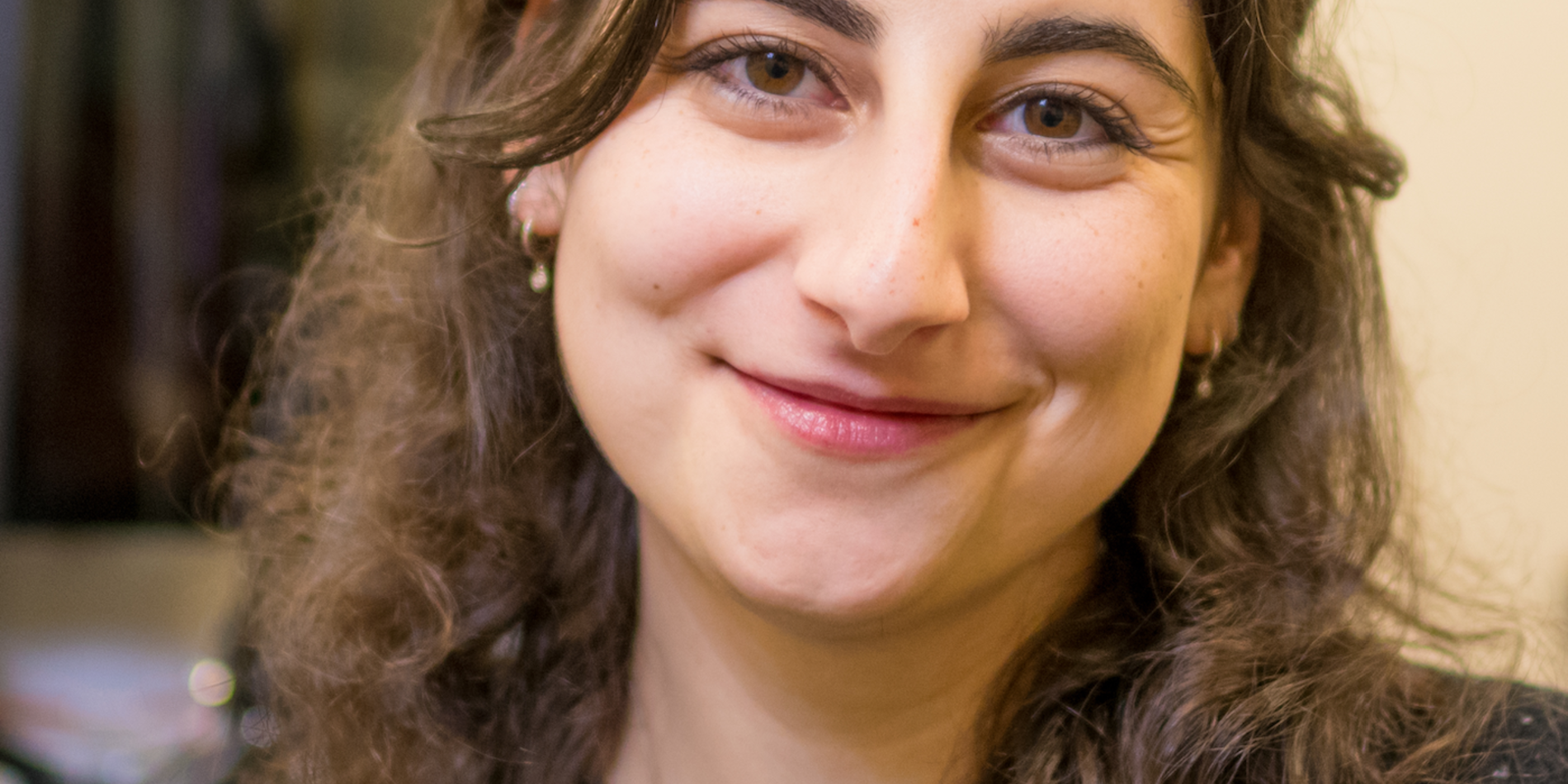
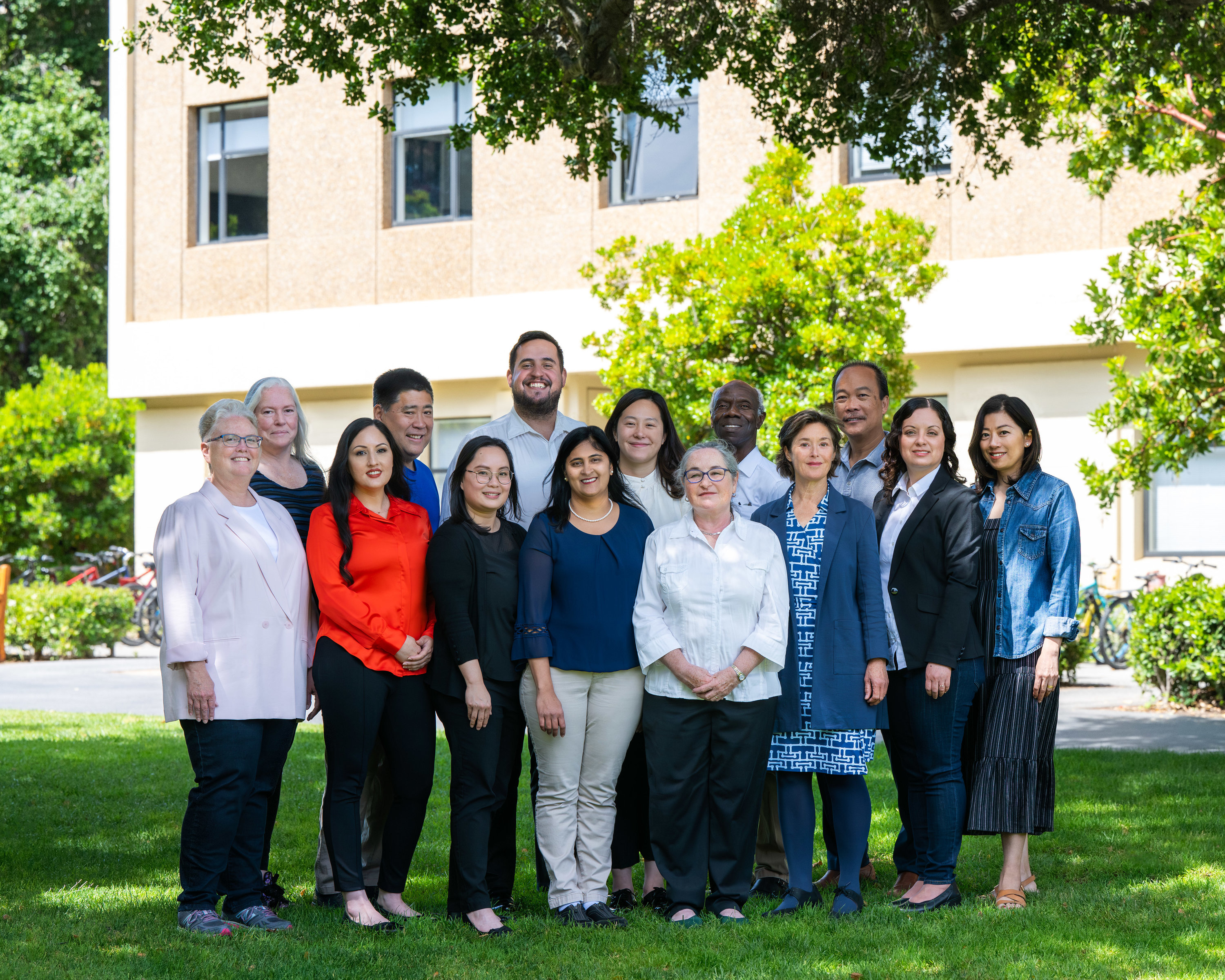

![[Conductive magnetic domain walls shows black rocks with light blue circular streaks]](/sites/g/files/sbiybj18766/files/styles/card_1900x950/public/media/image/Magnetic%20Walls.png?h=cc2f7ddf&itok=Xml2UB2j)
![[SEQ quad with large marble balls]](/sites/g/files/sbiybj18766/files/styles/breakpoint_2xl_2x/public/media/image/Alicja_Kwade_0F4A2802%20.png?itok=KZ_tBONM)
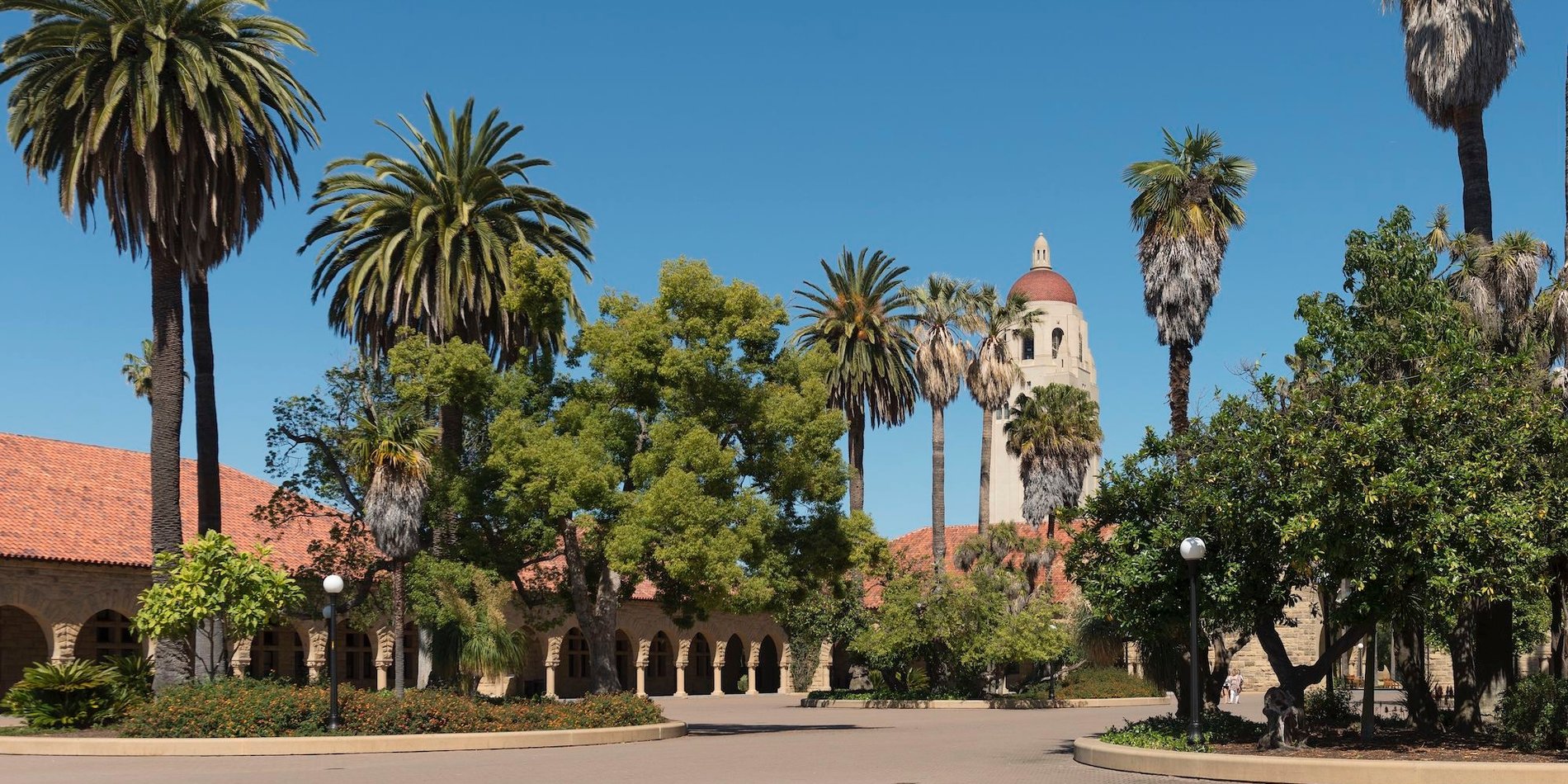
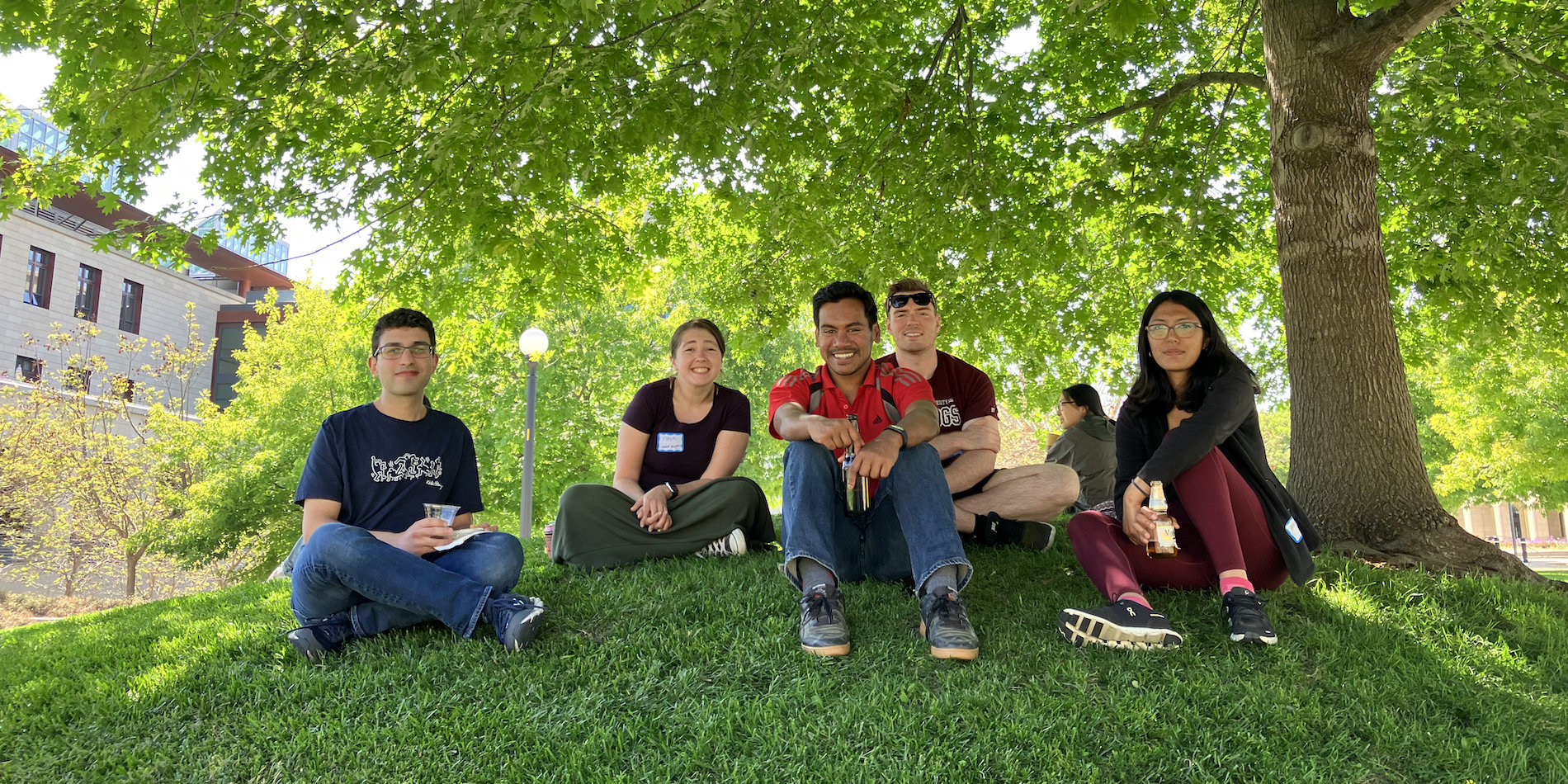
![[Young group of students in sashes and graduation caps smiling]](/sites/g/files/sbiybj18766/files/styles/card_1900x950/public/media/image/Physics.png?h=34aab9df&itok=fIKt0IIx)